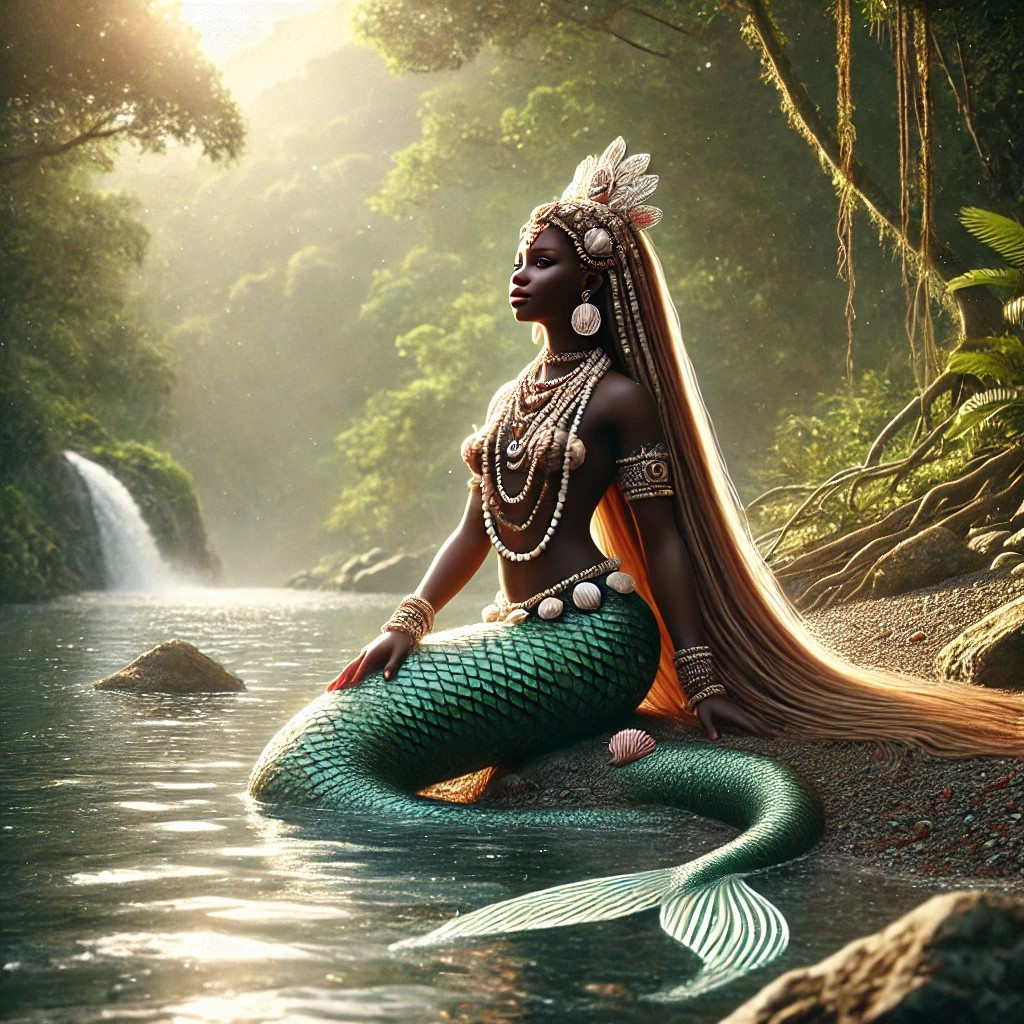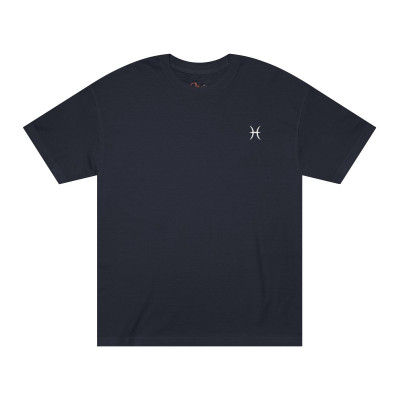Yemaya! Yoruba Orisha: **Yemaya (Yemoja)** is a prominent deity (orisha) in the Yoruba spiritual tradition, revered as the mother of all living things, protector of women and children, and the orisha of the oceans and rivers. She embodies nurturing, fertility, and the life-giving properties of water. Yemaya is venerated in Yoruba traditional religion and diasporic Afro-Caribbean spiritual systems such as **Santería (Cuba)**, **Candomblé (Brazil)**, **Vodou (Haiti)**, and others.
---
**Origins and Role in Yoruba Tradition**
1. **Name and Meaning**:
- Yemaya (Yemoja in Yoruba) is derived from the phrase **“Yeyé omo ejá”**, meaning **“Mother whose children are like fish”**. This refers to her role as the mother of humanity and her dominion over water.
2. **Domain**:
- She is associated with rivers and freshwater in the Yoruba homeland (modern-day Nigeria and Benin). In diasporic traditions, she transitioned to being a goddess of the sea.
3. **Role in Creation**:
- Yemaya is considered one of the original orishas sent by Olodumare (the Supreme Creator) to assist in the creation and nurturing of humanity. She represents the feminine force and the nurturing aspect of creation.
4. **Maternal Symbol**:
- She is the ultimate mother figure, embodying compassion, love, and protection. Yemaya is invoked for fertility, family well-being, and safeguarding children.
---
**Symbols and Attributes**
1. **Colors**:
- Blue and white are Yemaya's sacred colors, symbolizing the ocean and its waves.
2. **Symbols**:
- The crescent moon, seashells, and water vessels are often associated with Yemaya.
3. **Offerings**:
- Fruits (e.g., watermelon, coconut), flowers, and jewelry are common offerings to Yemaya. Items are often left near water to honor her.
4. **Animals**:
- Fish, particularly catfish, are sacred to Yemaya due to her connection to the sea and her children symbolized as fish.
5. **Sacred Day**:
- In some traditions, Yemaya is celebrated on September 7 or during festivals aligned with the ocean.
---
**Depictions**
- Yemaya is often depicted as a beautiful woman wearing flowing blue and white garments, adorned with seashells and pearls. She may be portrayed standing in or emerging from the ocean waves.
---
**Yemaya in Diaspora Religions**
1. **Santería (Cuba)**:
- Yemaya is central in the Cuban Santería tradition, where she is syncretized with **Our Lady of Regla**, a Catholic depiction of the Virgin Mary.
- She is celebrated during rituals that include drumming, dancing, and offerings to the sea.
2. **Candomblé (Brazil)**:
- Yemanjá (the Brazilian spelling) is a sea goddess and is celebrated in grand festivals, particularly on New Year's Eve and February 2. Devotees throw offerings, often wrapped in white cloth, into the sea.
3. **Vodou (Haiti)**:
- Yemaya is syncretized with various loas (spirits), often associated with nurturing and water.
4. **New World Traditions**:
- In African diasporic communities, Yemaya has become a symbol of resistance, connection to African heritage, and spiritual empowerment.
---
**Attributes and Myths**
1. **Mother of the Orishas**:
- Yemaya is said to have birthed many of the other orishas, such as **Oshun (freshwater and love)** and **Shango (thunder and war)**.
2. **Healing Powers**:
- Yemaya is associated with emotional and physical healing, particularly for women and children. She is invoked in rituals for childbirth, fertility, and family harmony.
3. **Protection**:
- Yemaya is a fierce protector of her children and devotees, safeguarding them from harm.
---
**Festivals and Celebrations**
- **Brazil**: The most famous Yemaya celebration occurs on **February 2** at Rio Vermelho in Salvador, Bahia. Devotees dress in white and blue and send offerings into the sea.
- **Cuba**: Yemaya is honored with elaborate rituals, music, and processions to the ocean, where offerings are placed in the water.
- **Worldwide**: Yemaya’s veneration has expanded globally, celebrated by people of African descent and those drawn to her nurturing energy.
---
Would you like specific details about Yemaya's rituals, offerings, or prayers?










